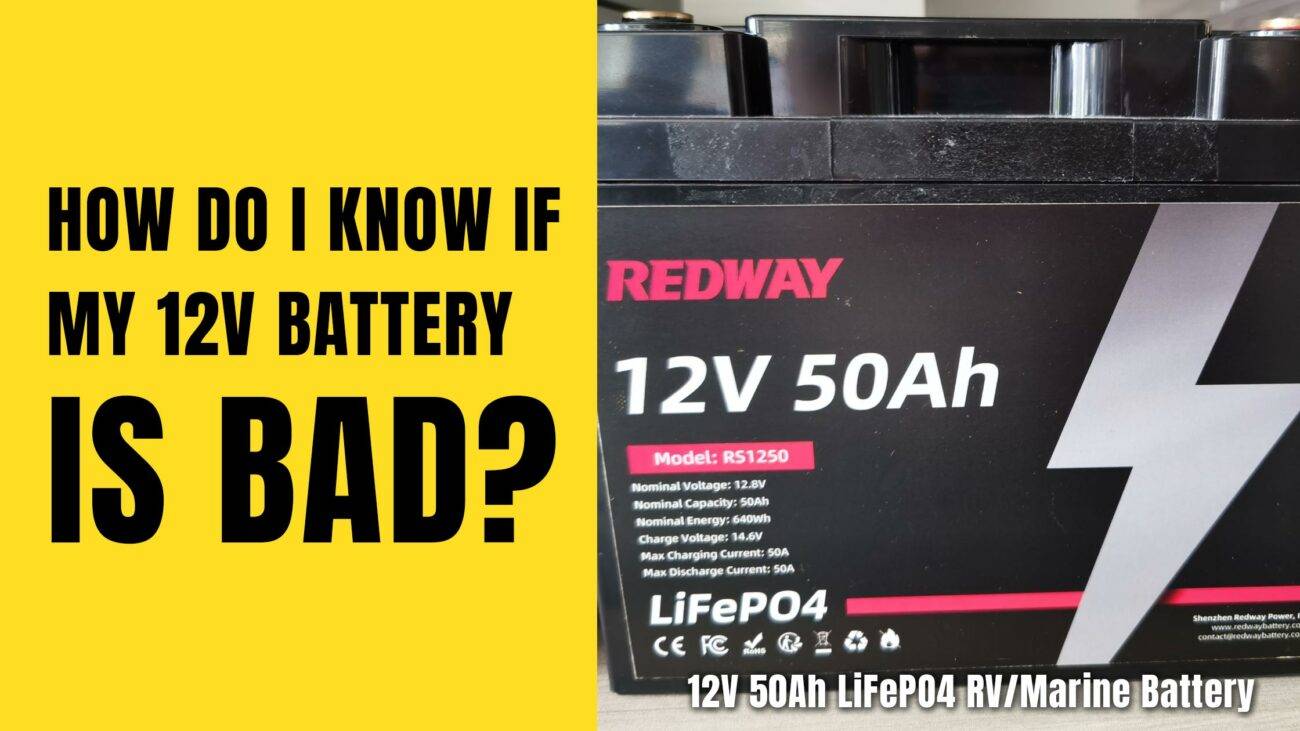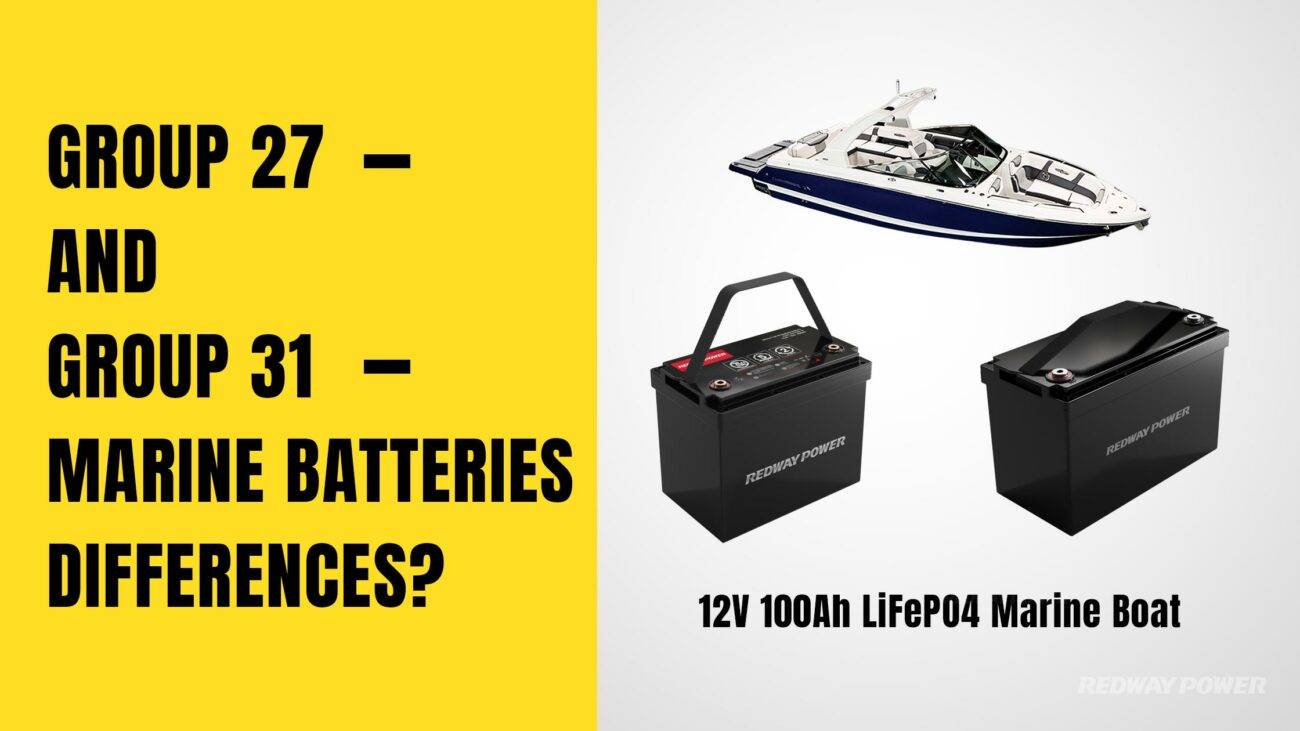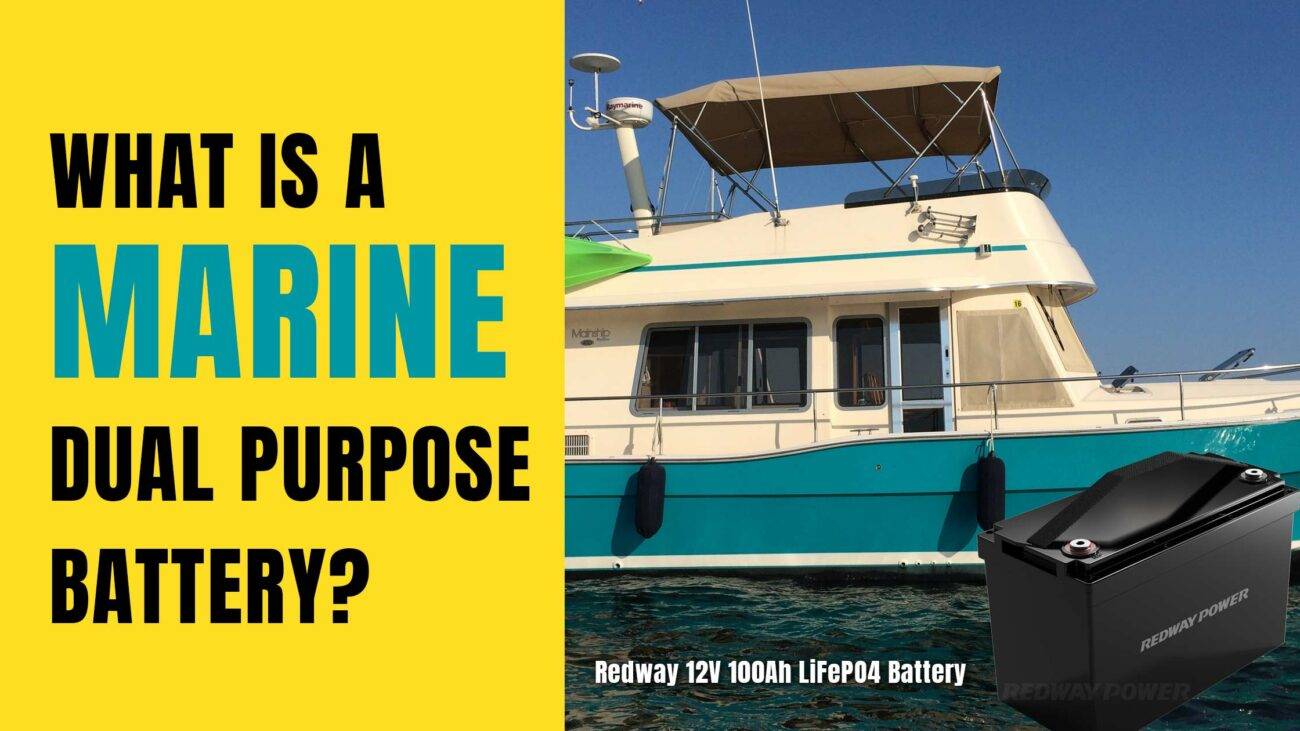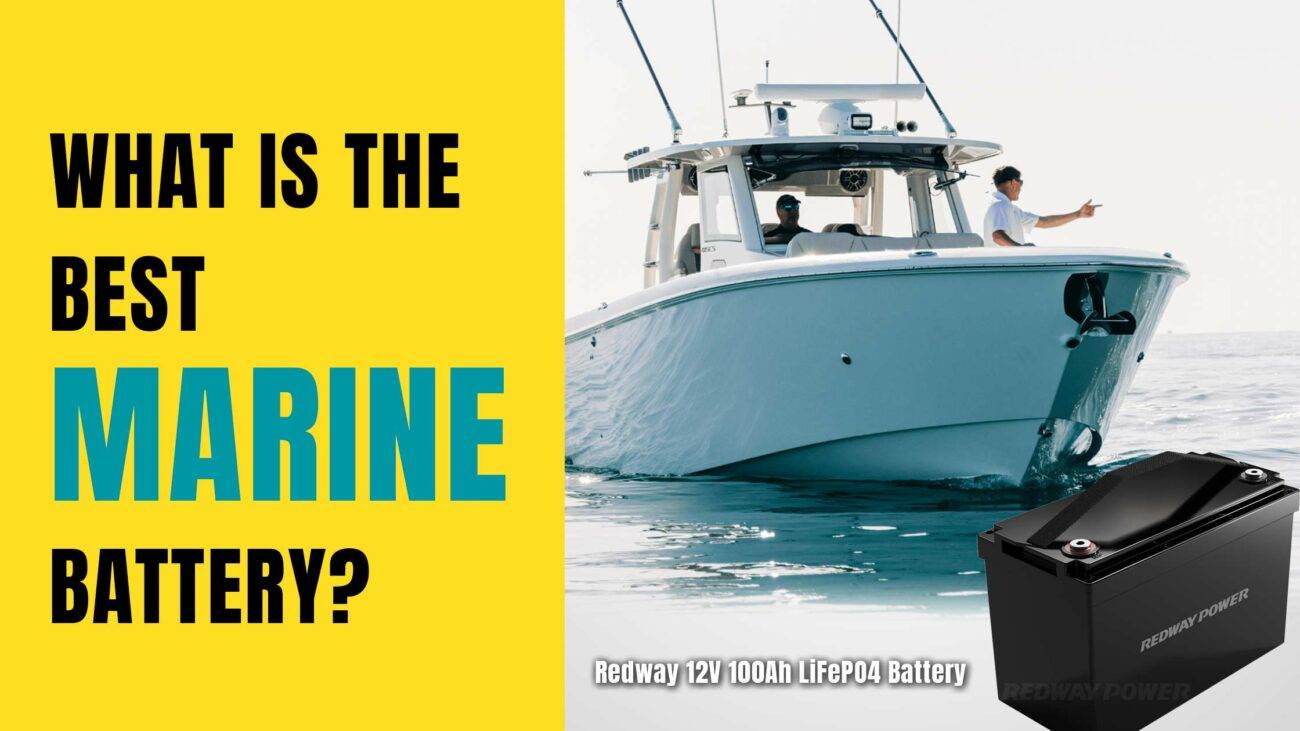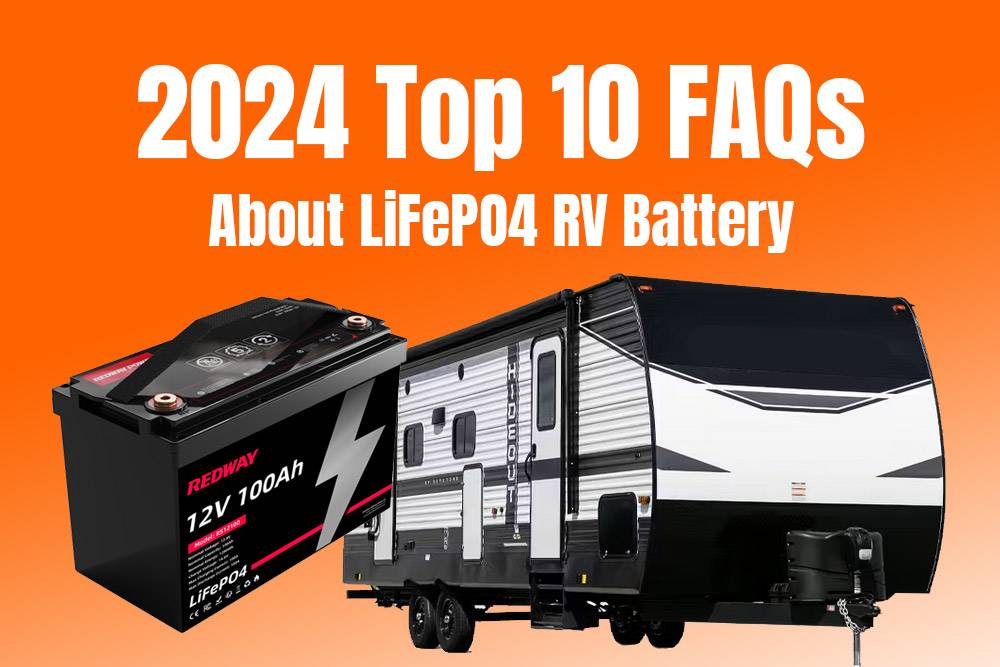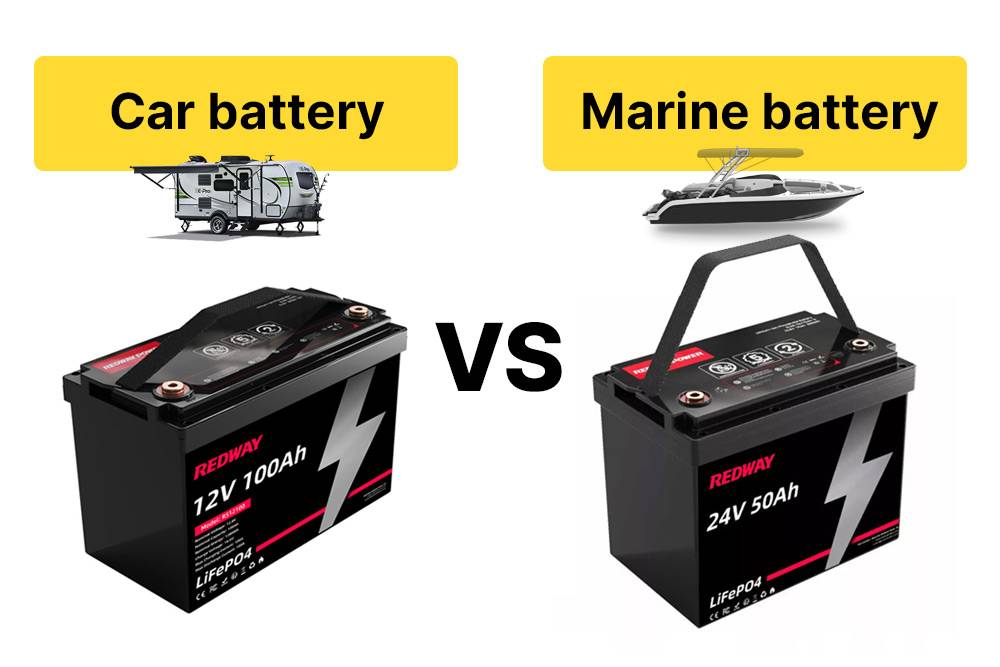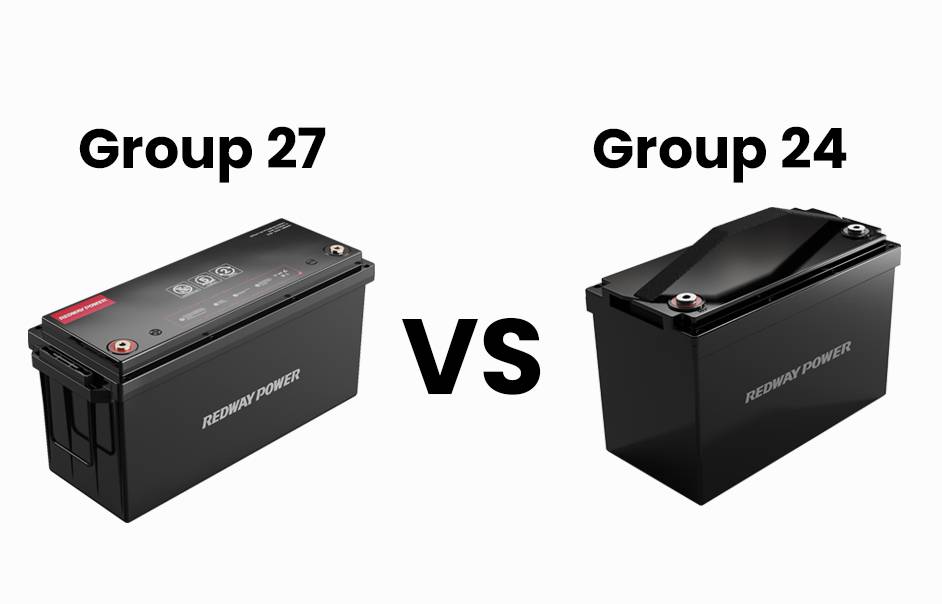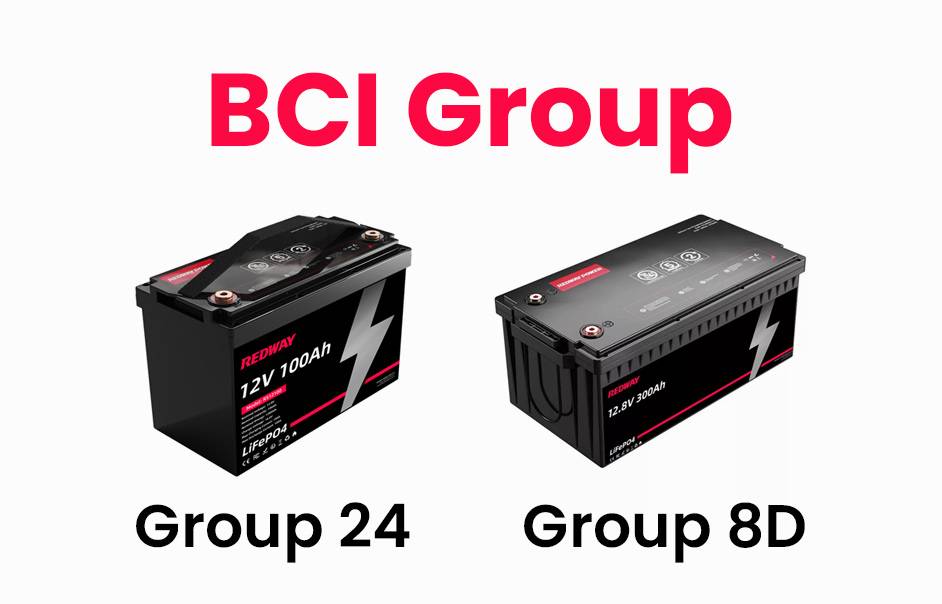- Forklift Lithium Battery
-
48V
- 48V 210Ah
- 48V 300Ah
- 48V 420Ah (949 x 349 x 569 mm)
- 48V 420Ah (950 x 421 x 450 mm)
- 48V 456Ah
- 48V 460Ah (830 x 630 x 590 mm)
- 48V 460Ah (950 x 421 x 450 mm)
- 48V 460Ah (800 x 630 x 600 mm)
- 48V 460Ah (820 x 660 x 470 mm)
- 48V 500Ah
- 48V 560Ah (810 x 630 x 600 mm)
- 48V 560Ah (950 x 592 x 450 mm)
- 48V 600Ah
- 48V 630Ah
-
48V
- Lithium Golf Cart Battery
- 12V Lithium Battery
12V 150Ah Lithium RV Battery
Bluetooth App | BCI Group 31
LiFePO4 Lithium
Discharge Temperature -20°C ~ 65°C
Fast Charger 14.6V 50A
Solar MPPT Charging - 24V Lithium Battery
- 36V Lithium Battery
- 48V Lithium Battery
-
48V LiFePO4 Battery
- 48V 50Ah
- 48V 50Ah (for Golf Carts)
- 48V 60Ah (8D)
- 48V 100Ah (8D)
- 48V 100Ah
- 48V 100Ah (Discharge 100A for Golf Carts)
- 48V 100Ah (Discharge 150A for Golf Carts)
- 48V 100Ah (Discharge 200A for Golf Carts)
- 48V 150Ah (for Golf Carts)
- 48V 160Ah (Discharge 100A for Golf Carts)
- 48V 160Ah (Discharge 160A for Golf Carts)
-
48V LiFePO4 Battery
- 60V Lithium Battery
-
60V LiFePO4 Battery
- 60V 20Ah
- 60V 30Ah
- 60V 50Ah
- 60V 50Ah (Small Size / Side Terminal)
- 60V 100Ah (for Electric Motocycle, Electric Scooter, LSV, AGV)
- 60V 100Ah (for Forklift, AGV, Electric Scooter, Sweeper)
- 60V 150Ah (E-Motocycle / E-Scooter / E-Tricycle / Tour LSV)
- 60V 200Ah (for Forklift, AGV, Electric Scooter, Sweeper)
-
60V LiFePO4 Battery
- 72V~96V Lithium Battery
- Rack-mounted Lithium Battery
- E-Bike Battery
- All-in-One Home-ESS
- Wall-mount Battery ESS
-
Home-ESS Lithium Battery PowerWall
- 24V 100Ah 2.4kWh PW24100-S PowerWall
- 48V 50Ah 2.4kWh PW4850-S PowerWall
- 48V 50Ah 2.56kWh PW5150-S PowerWall
- 48V 100Ah 5.12kWh PW51100-F PowerWall (IP65)
- 48V 100Ah 5.12kWh PW51100-S PowerWall
- 48V 100Ah 5.12kWh PW51100-H PowerWall
- 48V 200Ah 10kWh PW51200-H PowerWall
- 48V 300Ah 15kWh PW51300-H PowerWall
PowerWall 51.2V 100Ah LiFePO4 Lithium Battery
Highly popular in Asia and Eastern Europe.
CE Certification | Home-ESS -
Home-ESS Lithium Battery PowerWall
- Portable Power Stations
How to Guide to BCI Battery Dimensions and Specifications?
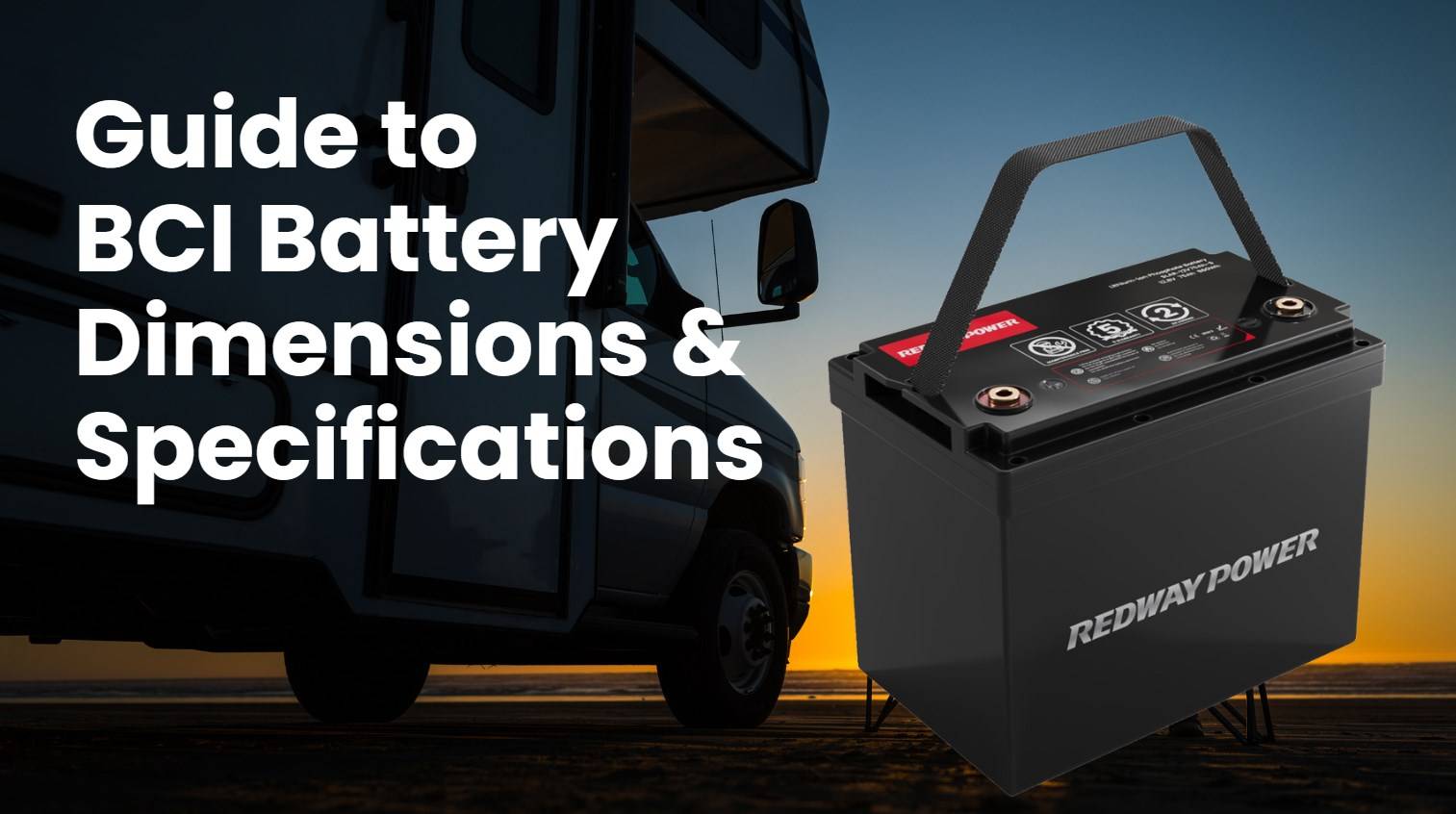
BCI (Battery Council International) battery specifications are crucial for selecting the right battery for various applications. Understanding dimensions, terminal configurations, and performance ratings helps ensure compatibility and optimal performance in vehicles and equipment.
What Are BCI Battery Group Sizes and Their Importance?
Understanding BCI Group Sizes
BCI group sizes categorize batteries based on their physical dimensions and terminal placements. Each group size is designated by a number that indicates its length, width, and height, ensuring that users can find a suitable replacement or upgrade for their specific needs.
Chart: Common BCI Battery Group Sizes
| BCI Group Size | Length (inches) | Width (inches) | Height (inches) |
|---|---|---|---|
| 24 | 10.25 | 6.75 | 9.0 |
| 27 | 12.0 | 6.8 | 9.0 |
| 31 | 13.0 | 6.8 | 9.0 |
How Do Battery Dimensions Affect Performance?
Impact of Size on Performance
The physical size of a battery directly influences its capacity (measured in Ah) and power output (measured in CCA – Cold Cranking Amps). Larger batteries generally have higher capacities, making them suitable for applications requiring more power over extended periods.
Chart: Capacity vs. Size
| BCI Group Size | Capacity (Ah) | CCA (Cold Cranking Amps) |
|---|---|---|
| 24 | 70-85 | 600-750 |
| 27 | 90-110 | 700-850 |
| 31 | 100-120 | 800-1000 |
What Are the Key Specifications to Consider?
Essential Specifications
When selecting a battery, consider the following specifications:
- Amp-Hour Rating (Ah): Indicates how much energy the battery can store.
- Cold Cranking Amps (CCA): Measures the battery’s ability to start an engine in cold temperatures.
- Reserve Capacity (RC): The time a battery can supply power without being charged.
- Terminal Configuration: Ensures compatibility with your vehicle or equipment.
Why Is Terminal Configuration Important?
Understanding Terminal Types
Terminal configurations vary among different BCI battery sizes, affecting how they connect to the vehicle or device. Common terminal types include top terminals, side terminals, and dual terminals, each suited for specific applications.
Chart: Common Terminal Types
| Terminal Type | Description |
|---|---|
| Top Terminal | Standard connection for most vehicles |
| Side Terminal | Often used in compact spaces |
| Dual Terminal | Offers flexibility for installation |
How to Properly Maintain BCI Batteries?
Maintenance Tips
Maintaining your BCI batteries can extend their lifespan significantly:
- Regular Charging: Keep batteries charged to prevent sulfation.
- Clean Terminals: Ensure terminals are free from corrosion.
- Check Water Levels: For flooded batteries, maintain proper electrolyte levels.
Industrial News
Recent trends in battery technology focus on improving energy density and reducing environmental impact. Manufacturers are increasingly adopting sustainable practices in production while enhancing performance metrics such as CCA and reserve capacity. Innovations in lithium-ion technology are also influencing traditional lead-acid batteries’ designs, leading to lighter and more efficient options for various applications.
Redway Power Views
“Understanding BCI battery dimensions and specifications is essential for anyone involved in automotive or equipment maintenance. By choosing the right size and type of battery, users can optimize performance while ensuring safety and longevity. As technology evolves, we anticipate even more precise standards that will help consumers make informed decisions.”

Frequently Asked Questions
What does BCI stand for?
BCI stands for Battery Council International, which sets standards for battery sizes and specifications.How do I know which BCI size I need?
Refer to your vehicle’s owner manual or consult with a battery retailer to find the appropriate BCI group size.Can I replace a battery with a different BCI size?
While it is possible, ensure that the new size fits properly and meets the required specifications for your application.
How are BCI Group Sizes Used?
Have you ever wondered how BCI Group sizes are used in the battery world? Well, these standardized codes play a crucial role in helping consumers find the right battery for their vehicles or equipment.
BCI Group sizes act as a universal language that simplifies the process of identifying compatible batteries based on dimensions and specifications. Whether you’re looking for a starting battery for your car or a deep cycle battery for your RV, knowing the BCI Group size can make your search much easier.
By understanding BCI Group sizes, consumers can quickly determine which batteries will fit their specific needs without having to sift through endless options. This streamlined approach saves time and ensures that you get the right battery on the first try. So next time you’re in need of a new battery, remember to check the BCI Group size to make sure it’s a perfect match!
Most Popular Battery Groups
When it comes to batteries, understanding the most popular battery groups is essential for finding the right fit for your needs. The Battery Council International (BCI) has categorized batteries into different group sizes based on their dimensions and specifications.
The most popular battery groups include Group 24, Group 27, and Group 31. These groups are commonly used in a variety of applications such as automotive, marine, RVs, and solar power systems. Each group size offers different amp-hour capacities and dimensions to suit specific requirements.
Group 24 batteries are known for their versatility and compatibility with a wide range of vehicles and equipment. Group 27 batteries are slightly larger than Group 24 and provide higher power output for demanding applications. On the other hand, Group 31 batteries are heavy-duty options designed for high-performance vehicles and industrial use.
Understanding the characteristics of these popular battery groups can help you make an informed decision when selecting the right battery for your specific application.
BCI Battery Groups, DIN, and EN Codes Cross Reference Chart
Navigating the world of batteries can be overwhelming, especially when different coding systems are involved. BCI Battery Groups, DIN, and EN Codes Cross Reference Chart serves as a valuable tool to decode and compare battery sizes across various standards. Understanding these codes can help you find the right battery for your specific needs without confusion.
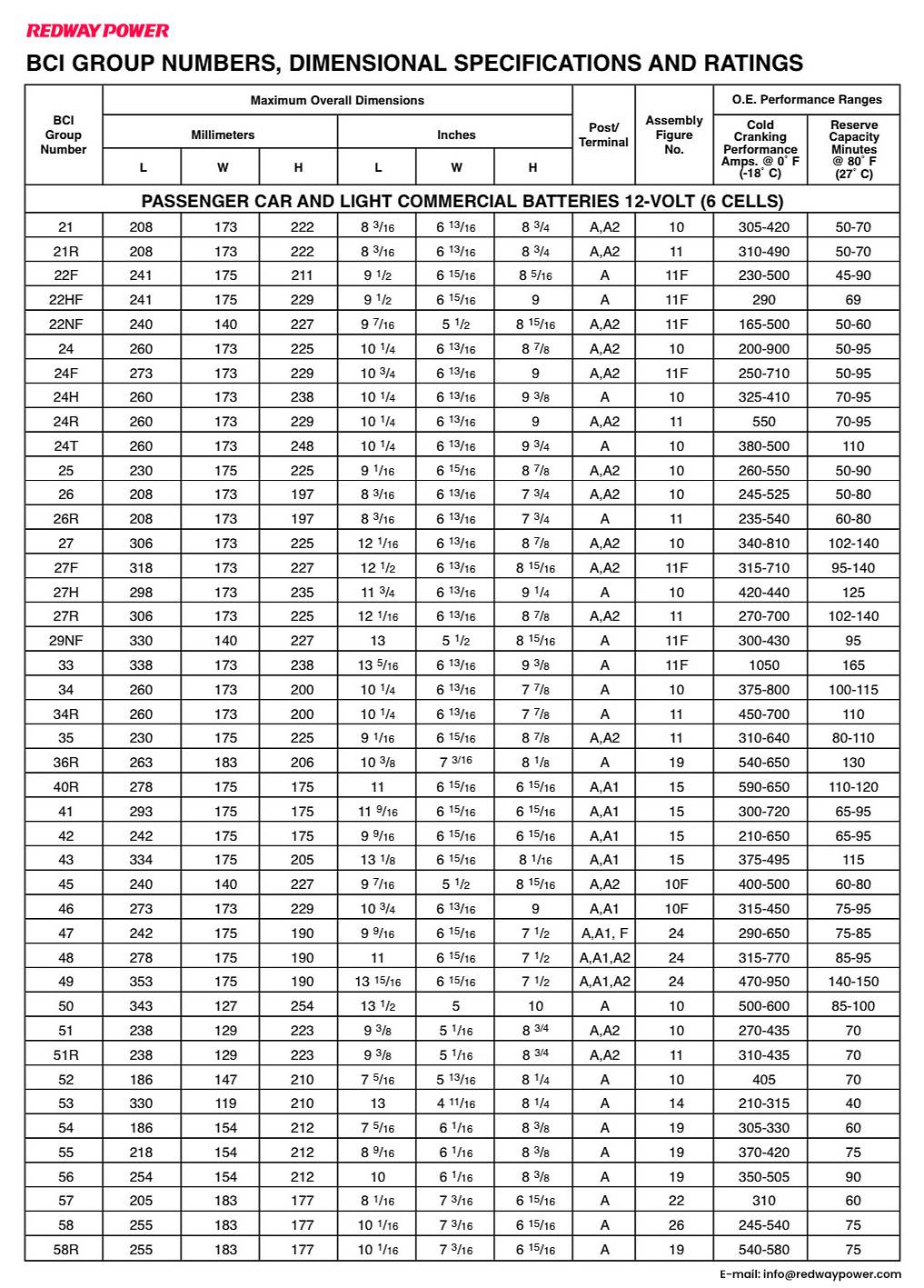
The BCI Group Size system is commonly used in North America and consists of alphanumeric codes that indicate the physical dimensions and electrical characteristics of batteries. On the other hand, DIN (Deutsches Institut für Normung) and EN (European Norm) Codes are European standards that provide similar information but in a different format.
By utilizing a cross-reference chart that translates between these coding systems, consumers can easily identify equivalent battery sizes regardless of where they are manufactured or sold. This simplifies the process of finding compatible replacement batteries or upgrading to more efficient power sources.
Small 12V Deep Cycle/General Purpose Batteries
Are you in the market for small 12V deep cycle or general purpose batteries? These compact power sources are perfect for a variety of applications, from powering your RV accessories to running essential electronics on your boat. Small but mighty, these batteries pack a punch when it comes to providing reliable and consistent energy.
When choosing a small 12V battery, consider factors such as capacity, dimensions, and compatibility with your existing setup. It’s crucial to select a battery that meets the specific requirements of your equipment while fitting within the available space.
Whether you’re looking for a dependable power source for outdoor adventures or backup energy for emergencies, small 12V deep cycle/general purpose batteries offer versatile performance in a compact package. Stay powered up and ready for anything with these reliable batteries by your side.
Battery Group Size Chart for 12 Volt Deep Cycle RV & Marine batteries
When it comes to 12-volt deep cycle RV and marine batteries, choosing the right group size is crucial for optimal performance. Group sizes vary based on capacity and dimensions, so it’s essential to match the battery to your specific needs.

For deep cycle applications in RVs and marine vehicles, popular group sizes include 24, 27, and 31. These larger batteries offer extended power for running appliances and electronics while off-grid or out at sea.
Group 24 batteries are compact yet provide a decent amount of power suitable for smaller setups. Group 27 batteries offer a bit more capacity for moderate energy needs. Group 31 batteries are the largest in this category, ideal for heavy-duty use with high energy demands.
Be sure to check your vehicle’s specifications to determine which group size will fit properly and deliver the necessary power output needed for your adventures on the road or water.
Battery Group Size Chart for 6v Deep Cycle batteries
Are you looking for the perfect 6v deep cycle battery for your needs? Understanding the battery group size chart can help you make an informed decision. When it comes to 6v deep cycle batteries, there are various group sizes available to choose from based on your specific requirements. Each group size corresponds to different dimensions and specifications designed for various applications.
Group GC2 is a popular choice for golf carts, RVs, and marine vehicles due to its reliable performance and long-lasting power. On the other hand, Group T105 is commonly used in solar energy systems and electric vehicles where high capacity is essential. It’s important to match the right group size with your intended use to ensure optimal performance and longevity.
Whether you’re powering up your off-grid cabin or running essential equipment on your boat, selecting the correct 6v deep cycle battery from the chart will guarantee that you have a dependable power source when you need it most.
Battery Group Size Chart for 2v Deep Cycle batteries
When it comes to 2v deep cycle batteries, knowing the right group size is crucial for optimal performance. These batteries are commonly used in solar power systems, electric vehicles, and marine applications.
Group sizes for 2v deep cycle batteries may vary depending on the manufacturer and specific requirements of your application. It’s essential to refer to the battery group size chart provided by the manufacturer to ensure compatibility with your system.
Factors such as capacity, dimensions, and terminal type play a significant role in determining the appropriate group size for 2v deep cycle batteries. Understanding these specifications will help you make an informed decision when selecting a battery for your needs.
Whether you’re looking for a reliable power source for off-grid living or seeking backup power solutions, choosing the right group size for your 2v deep cycle battery is key to ensuring long-lasting performance and efficiency.
Battery Group Size Chart for 12v Starting batteries
When it comes to 12v starting batteries, choosing the right group size is crucial for optimal performance. Understanding the battery group sizes can help you make an informed decision. Group 24 and Group 27 are common choices for smaller engines like motorcycles and ATVs, while Group 35 and Group 65 are suitable for mid-sized vehicles. For larger engines in trucks or SUVs, Group 75 or Group 78 may be more appropriate.
Group sizes indicate dimensions and specifications that ensure a proper fit in your vehicle’s battery compartment. Make sure to check your manufacturer’s recommendations before selecting a starting battery. Additionally, considering factors like cold-cranking amps (CCA) and reserve capacity will help determine the best group size for your specific needs.
Referencing a battery group size chart can simplify the selection process by providing a clear overview of available options based on your vehicle type and requirements.
Understanding Group 31 Batteries
Group 31 batteries are known for their versatility and high performance in various applications. These batteries are commonly used in trucks, buses, and other heavy-duty vehicles due to their reliability and power output. With a larger size than traditional car batteries, Group 31 batteries provide ample reserve capacity and cranking power.
When it comes to deep cycle applications like marine or RV use, Group 31 batteries excel in providing long-lasting energy storage capabilities. Their robust construction allows them to withstand repeated charging and discharging cycles without compromising performance.
In addition to their durability, Group 31 batteries are designed to handle extreme weather conditions, making them ideal for off-grid adventures or harsh environments. Whether you’re powering essential equipment on a boat or running electronics in an RV, Group 31 batteries offer the reliability you need for uninterrupted operation.
For those seeking a dependable power source that can meet demanding requirements, investing in a quality Group 31 battery is a smart choice.
Top Group 31 Battery Recommendations
When it comes to choosing the right battery for your vehicle or marine application, understanding BCI group sizes and specifications is crucial. By knowing what sets them apart and how they are used, you can make an informed decision that will meet your power needs effectively.
From small 12V general purpose batteries to deep cycle options in various voltages, there is a wide range of choices available based on your requirements. Referencing charts like the BCI Battery Groups, DIN, and EN Codes Cross Reference Chart can help you find the perfect fit for your specific application.
For those looking for reliable performance and durability, Group 31 batteries stand out as a popular choice among consumers. With their high capacity and robust construction, these batteries are ideal for demanding applications like heavy-duty trucks, buses, RVs, boats, and more.
Some top recommendations in the Group 31 category include brands like Optima Batteries D31M BlueTop Marine Battery or VMAXTANKS Vmax857 AGM Battery. These batteries offer exceptional starting power and deep cycling capabilities to keep you running smoothly on land or water.
By understanding BCI battery dimensions and specifications along with exploring different group sizes available in the market today, you can confidently select the best battery option that fits your needs perfectly. Make sure to prioritize quality, reliability, and performance when making your final decision on which battery to invest in for optimal results.
















